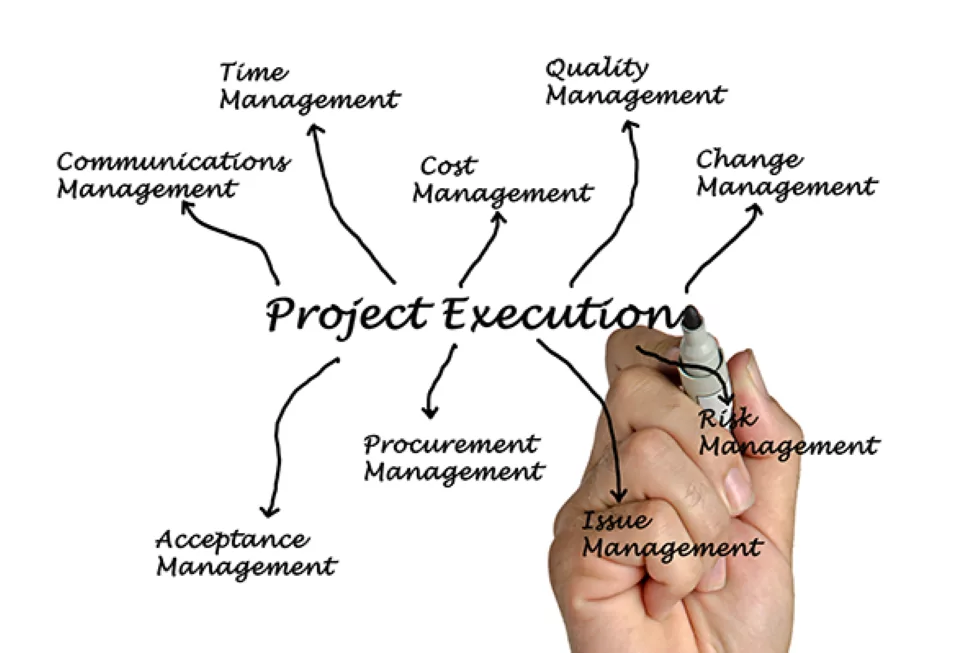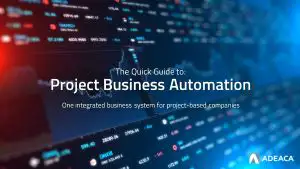Project Execution is the phase in the project life cycle when the work is performed, and everything in the project plan is put into action.
Project scheduling and planning are simply the beginning. Most of the time and work of a project are during its execution. Therefore, execution in project management is critically important.
Execution Phase of Project Management
The Project Management Lifecycle involves 4 stages: 1) initiation; 2) planning; 3) execution; 4) closure. The execution phase of the project lifecycle is when the work gets done. Task owners begin work and the project manager oversees that those tasks are completed in a timely manner, while workflow continues smoothly. Project monitoring and control are a significant part of this phase, as issues will always arise and require quick adjustments as the project progresses.
Project Business Automation is the first and only project execution system, bringing all the elements required for project execution together in one business system. Download the Quick Guide to Project Business Automation to learn more.
Project Execution Steps
The steps during project execution will change depending on the specific requirements of the project. Those particular steps are typically laid out in the project execution plan. However, there are general activities that should apply to all projects.
Project Execution Phase Activities include:
- Begin work
- Manage workflow for all project tasks
- Issue management
- Risk management
- Manage change orders
- Manage project communications with all stakeholders
- Verify when milestones are reached
- Conduct gateway reviews as required
- Report on project status regularly to stakeholders
The Importance of the Right Software
Most of today’s project tools are focused on project scheduling, which is before the project starts, or project accounting, which is mostly after the project ends (at least periodically). There are very few project execution systems. Ironically, this phase is arguably the most important, as it is when the work actually gets done, taking up the largest amount of time in the project life cycle and is when the most issues occur that set the project off track.
Today, most project execution activities listed above are managed offline, in spreadsheets, word documents and emails. What if there were a system to manage all of that?
Project execution software, or a project execution system is a transactional business system that provides a framework to manage the work of a project. Such a system seamlessly integrates the operations and finances of a project, as they are interrelated when executing a project. The execution of a project must be managed from a task and activities perspective as well as the revenue, cash flow, and margins.
Project Business Automation (PBA) is one such system. PBA connects and automates all your project business processes in one platform. Focused on the business execution side of your project-based company, PBA creates a framework for success that lowers risk, controls costs, and improves deliverability.
Download the Quick Guide to Project Business Automation to learn more.












